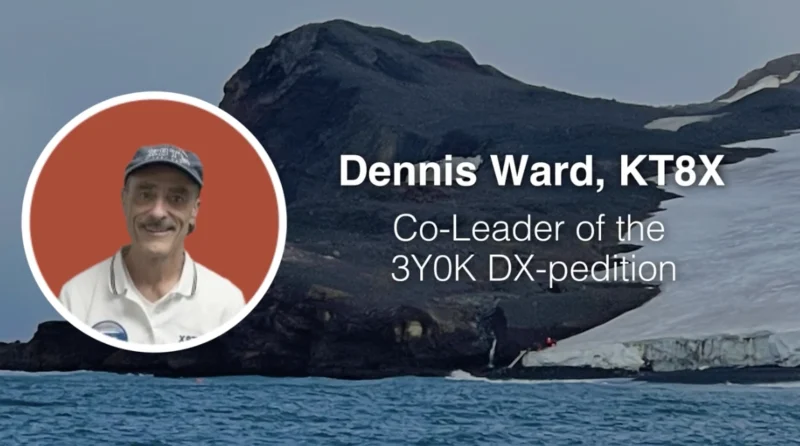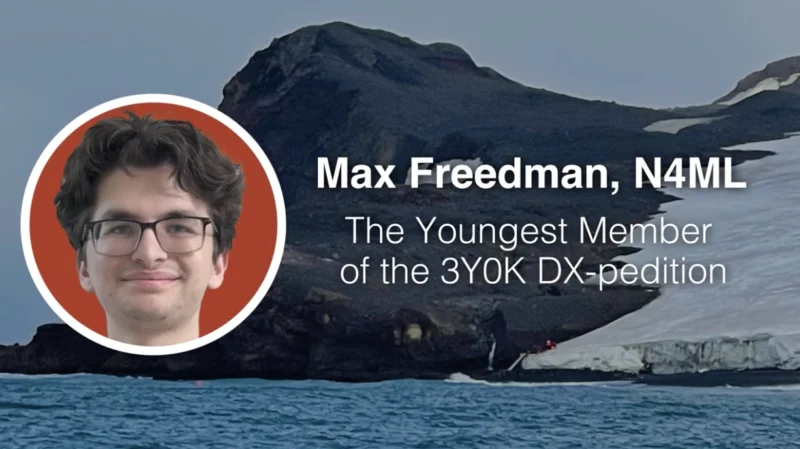Connected America 2025: Smarter Planning and Partnerships Key to Maximizing Fiber’s Federal Funding and Impact
As the digital divide accelerates and fiber deployment sees growth, Connected America 2025 has emerged as a pivotal moment for infrastructure professionals. With over $42.5 billion earmarked through federal programs like the Broadband Equity, Access, and Deployment (BEAD) initiative, the U.S. is undergoing one of the most aggressive broadband expansion efforts in its history. Fiber networks are at the center of this push, promising scalable, high-performance connectivity. However, the complexity of deployment raises key questions about readiness, collaboration, and long-term value.
So, what role can the infrastructure community play in ensuring fiber deployment is cost-effective, community-driven, and built to last?
On this episode of Pro AV Today, host Ben Thomas sat down with Russell Agle, Vice President of Biarri Networks, to explore how the infrastructure ecosystem, from city planners to civil engineers, is evolving to meet the demands of fiber deployment. Their discussion covered key strategies for planning smarter networks, the role of automation in design and construction, and how public-private partnerships are playing a major role in shaping the future of digital infrastructure.
A few main points from the episode:
- How Biarri Networks uses predictive modeling and software to streamline the fiber planning process, reducing deployment costs and increasing scalability.
- The importance of cross-sector collaboration between technologists, civil engineers, and local governments to ensure fiber networks meet community needs.
- With massive federal investments on the line, infrastructure players can position themselves to qualify for and maximize these funding opportunities.
Russell Agle is the Vice President of Biarri Networks, where he leads strategic initiatives focused on large-scale fiber deployment. He has a background in business development and network engineering, and has helped municipalities and private entities plan and execute broadband infrastructure projects globally. He holds degrees in both engineering and business, and is a recognized thought leader in digital infrastructure planning.
Article by Alexandra Simon.




